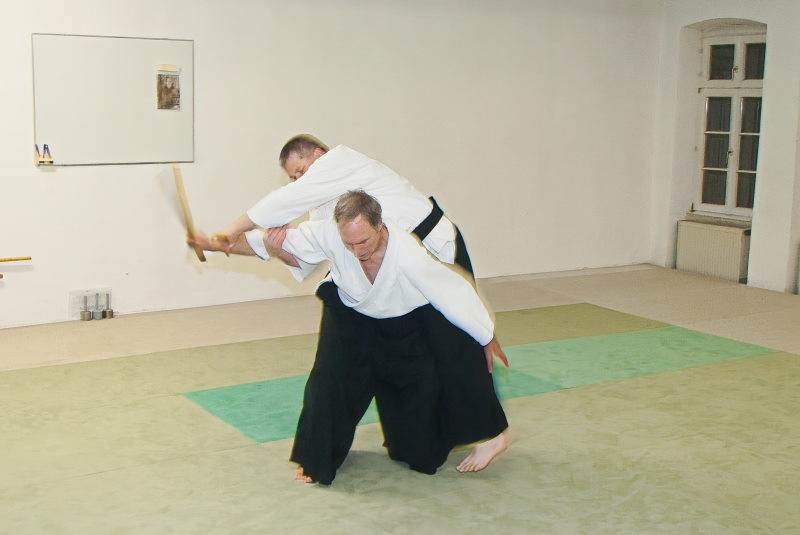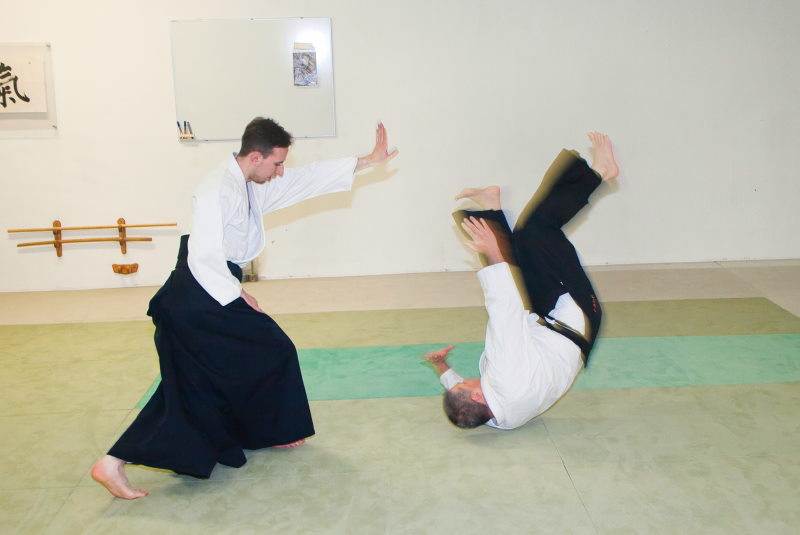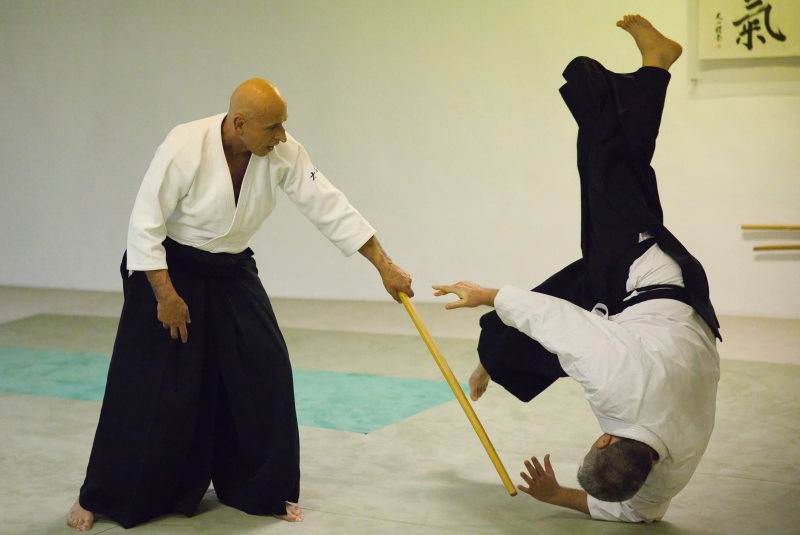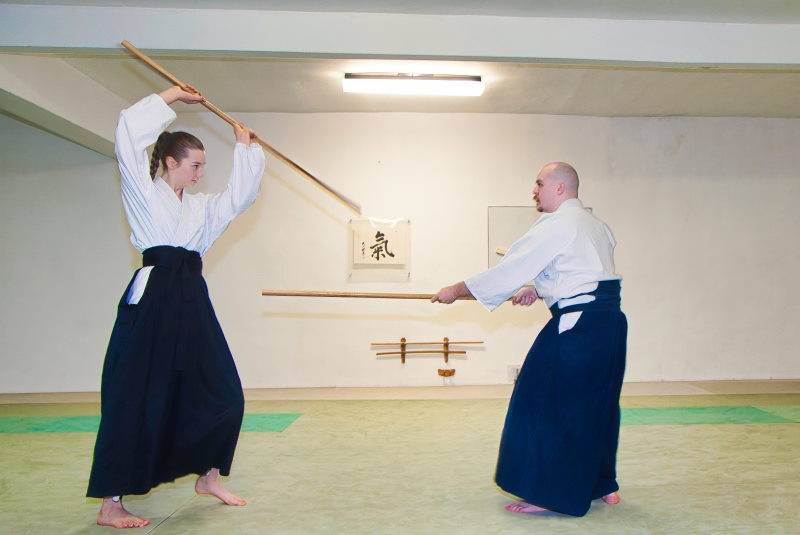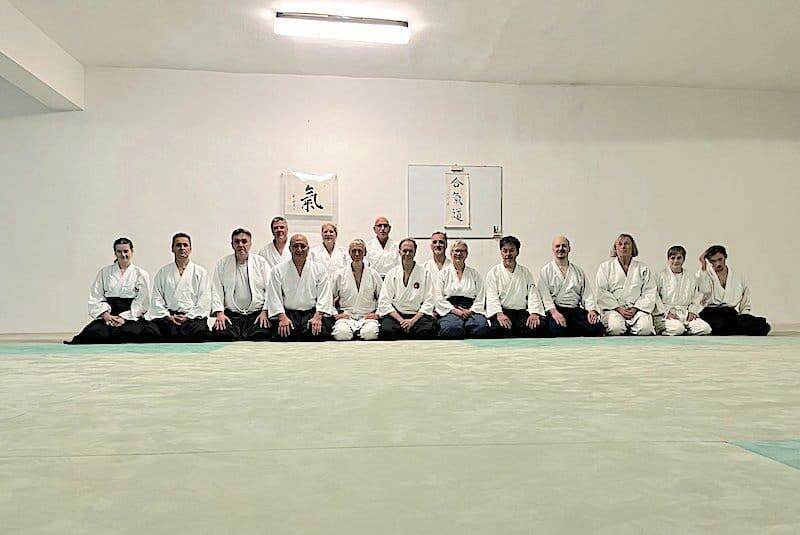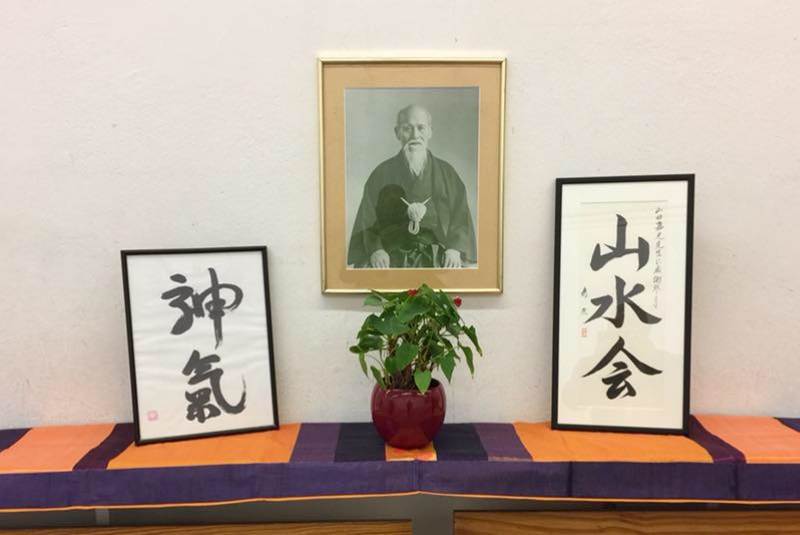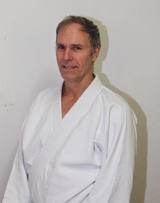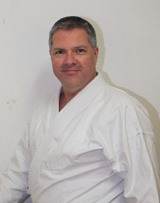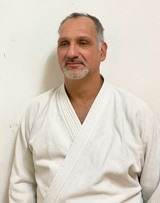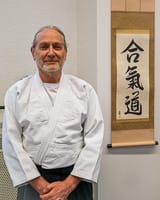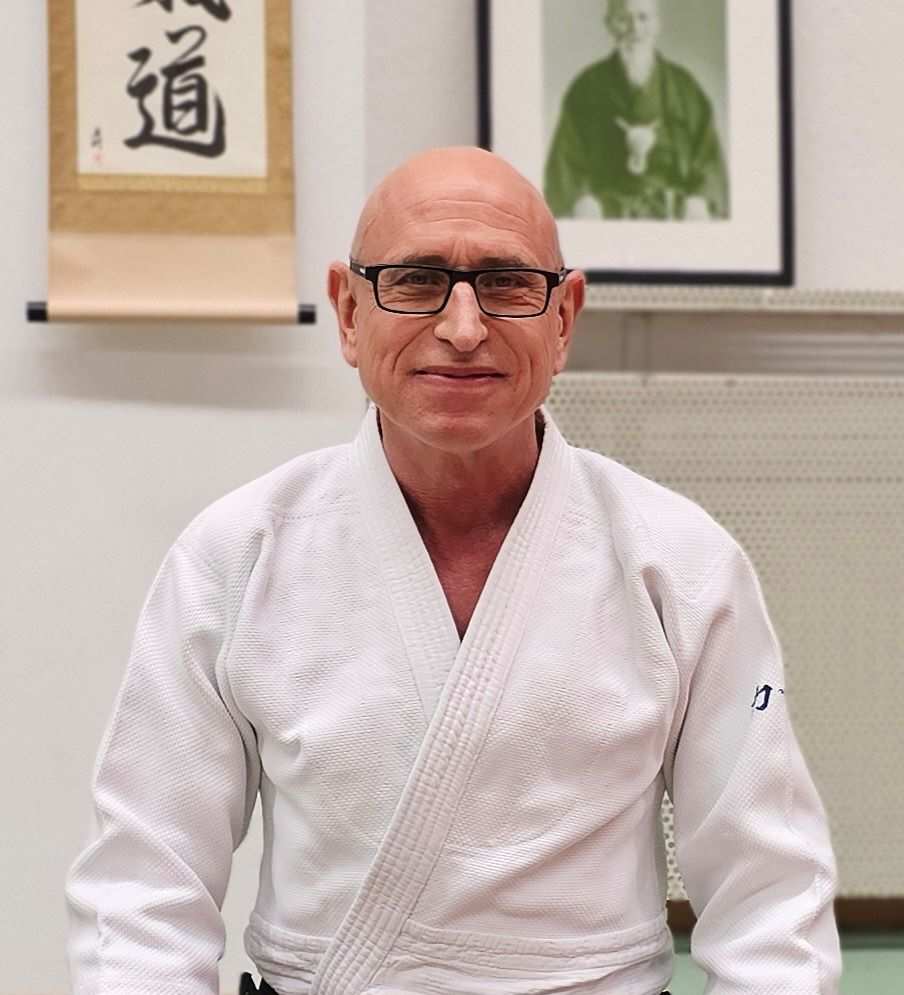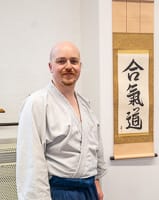Aikido – "The way of harmony and power"
"Everyone has a spirit that can be refined, a body that can be trained in some manner, a suitable path to follow."
Morihei Ueshiba (1883-1969)
Harmonisation over contention
Aikido is one of the lesser-known styles that come under the umbrella term of martial arts. Although its origins lie in sword fighting and self-defence, it is not an aggressive sport, quite the opposite. The intention is always to avert an attack with the least possible harm to both sides.
One logical consequence of this is that Aikidoka do not compete in tournaments – after all "True victory is victory over oneself“. Basic and more exacting techniques are perfected over years of training. What Aikido is not: neither a quick self-defence course – nor acrobatic kung-fu training - nor pure meditation.
Experience self-awareness and community
Every practitioner of Aikido is both teacher and student. There are regular introductory courses for beginners, but more usually, all members of the dojo train together. Aikido thrives on the close dojo communities, the cooperative training model and the ethical claim that is contained in the name itself: the search for "the way of the harmonious spirit".
Is this even a martial art? Maybe more of an art of peace: the basic idea of Aikido is to merge with the attacker, to redirect the momentum of the attack and to neutralise "Uke", the attacking partner, by deflecting the attack and by taking them off-balance. The aim is not to meet an attack with force, but to divert it as gently as possible for both parties.
Is Aikido for you? Virtually anyone can practice Aikido to their advantage. The members of our dojo range from 12 to over 60 in age – some have been at it for 3 months, others for 40 years. Even as an adult, you can always join or rejoin. The learning speed is individual and there is no pressure to succeed. The biggest attainment, anyway, is the pleasant sensation on the way home - somewhere between exhaustion and gleeful anticipation of the next training session.
!!! Diese Zeile nicht ändern oder löschen – wird für das Untermenü benötigt !!!

